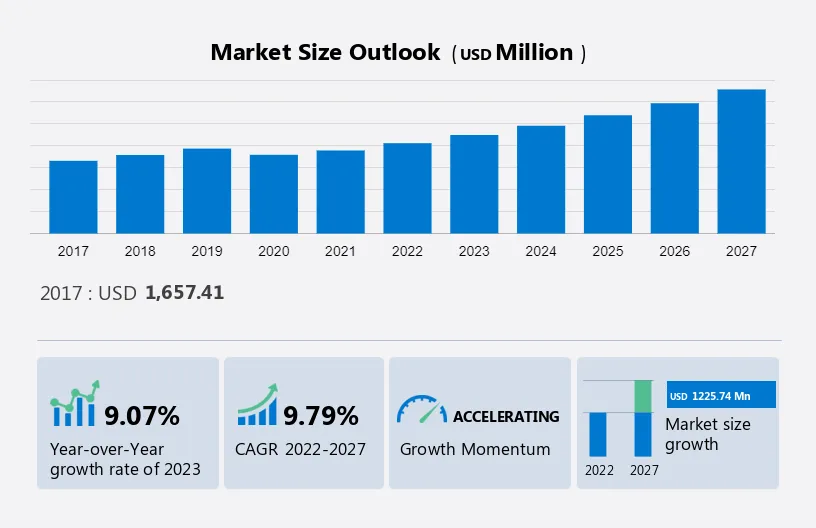WHO CREATES CONSTRUCTION COST ESTIMATING?

WHO CREATES COST ESTIMATES?
Construction estimators produce and revise estimates for a project. They are familiar with the design and expenses incurred in the project. They’ll also create multiple assessments on the pre-design and design phase. With each design phase, the estimates become more accurate.
During the creation of estimates, the contractor oversees the link between the budget and schedule.

THE COST ESTIMATING PROCESS
All projects benefit significantly from following a deliberate and thoughtful process in cost estimation. The cost estimating process requires good judgment and planning to achieve the best results from a project. One needs to have a basic understanding of the construction process to understand the cost estimation process properly. The following steps provide a guideline when making a construction cost estimating.
1. AGREE ON THE COST ESTIMATING BASIS
The parties involved must agree based on cost estimation of the project before starting the estimation process. This activity entails obtaining project information such as previously developed scopes and schedules from which the estimator can come up with cost estimates. The level of the scope is always dependent on the project type, complexity, design matrix, and criteria. The cost estimator should clearly outline and document all assumptions in this stage. The cost estimator should also record additional and subsequent information to give a traceable history for each of the estimates made.
2. BASE ESTIMATE PREPARATION
A base estimate covers all the estimated costs of a project apart from the foreseen future escalations. These estimates are usually calculated depending on different techniques such as scope definition, size, and complexity of a project. In contrast, detailed estimates vary depending on the development phase of the project.
More details come to light giving a more detailed cost estimate as the design progresses. The critical inputs required in this stage are scope details, inflation rates, material take-offs, unit cost databases, and market conditions. The construction take-offs give the client an outline of the necessary material costs. Construction take-offs vary depending on the project’s size and scope.
Collecting and interpreting all scope documents can be challenging, but the project team must fix the scope documentation from the start to estimate the direct costs.
The cost estimator also notes all the cautionary notes, assumptions, and exclusions while preparing the base estimate. The estimate can also be attached and included as an attachment for reference for the remaining project activities.
3. REVIEWING BASE ESTIMATE
Reviewing the base estimate is necessary to ensure all the assumptions and basis of a project are correct. It also means that all the base cost estimates are an actual reflection of the scope of work and schedule.
It prevents the double counting of items and ensures components are not missing. This stage reviews cost-based estimates and historical data or project-specific conditions by applying the necessary location and productivity factors. The estimator also checks indirect and overhead costs with the direct costs as the basis.
4. RISKS AND CONTINGENCIES
An integral part of project planning is developing a risk and contingency plan. Risk management is always an ongoing process for maximizing the possibilities of opportunities and minimizing the probabilities of threats. In addition, the estimator needs to include the cost impacts of hazards in the total project costs.
5. OUTLINE A COMMUNICATION APPROACH
Cost estimators should communicate the cost estimate data to all the necessary parties. A good communication approach determines the information that should be shared and who should receive the information.
It also determines the information channels that information should pass through. Thus, communication is just as important as numbers, and the information can be used as an effective critical tool to ensure the project’s success.
6. PEER REVIEW
Another construction estimator should always review a cost estimate. They perform spot checks to verify quantities and costs and check the scope completeness of a project. Peer review is a crucial phase for addressing significant gaps in the estimate and an opportunity to reduce costs. Assumptions are also removed and clarified at this stage.
After this review, the estimator can now present the estimate to the management for approval. Finally, the revised estimates are reviewed by the project management staff and incorporated into the project cost baselines.
Throughout the project, the estimator continuously updates the information; they are never done with estimating the project outcome.
Estimating is always a continuous process.






